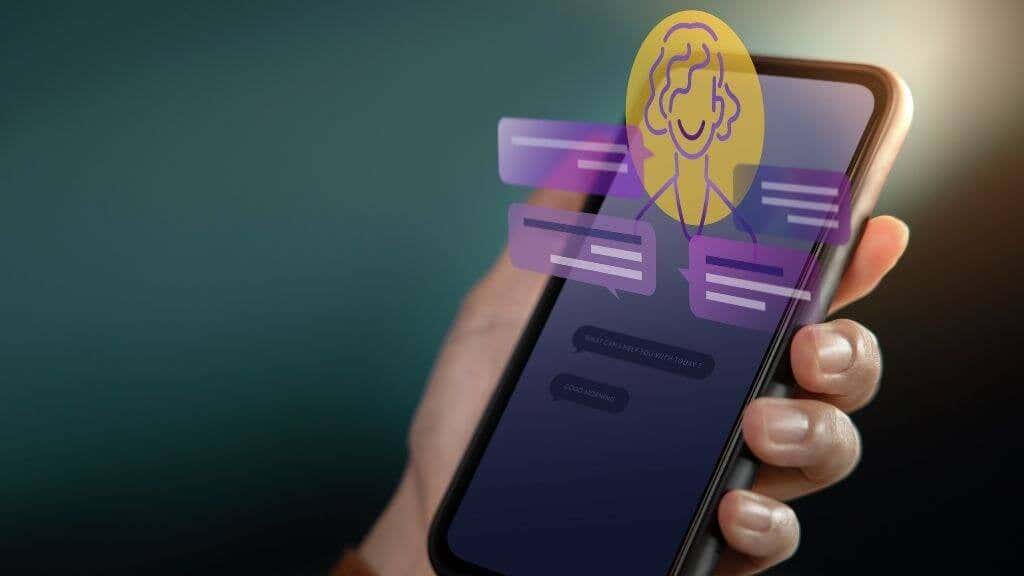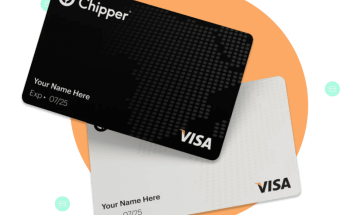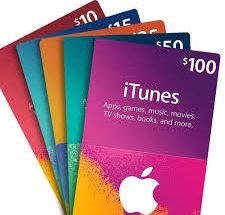Are you looking for How to Use Google Calendar Notifications to Support Atomic Habits? then we’ve got you covered because, in this article, i will be explaining and listing 4 ways of how you can use Google calendar notifications to support atomic habits
How to Use Google Calendar Notifications to Support Atomic Habits
1. Get Your Habits Ready for Google Calendar
If you haven’t read this book yet (but should! ), I’ll lead you through the process of gathering your habits in preparation for entering them into Google Calendar.
The concept is that you should start with your “identity” list and work your way down to the real habits and their frequency. This is when you “make it obvious.” This is when a Google Sheets spreadsheet comes in handy.
⇒Join us on Telegram for more Sure and Accurate football-winning tips every day...click here
Make three columns with the names Identity, Habits, and Frequency.
Use the simple examples above as a reference to fill up the spreadsheet. Personal identification statements that establish the basic positive views you have about who you are as a person should be in the identity column.
Daily habits that support those good identities are listed in the Habits column. Finally, the Frequency column will indicate how frequently you intend to engage in those positive habits.
Note: Because Google Calendar is primarily used to encourage and establish good behaviors, this approach will not include stopping undesirable ones. If you’re interested in learning how to break negative behaviors, read Atomic Habits.
2. Add habits to your Google Calendar as events.
Log in to Google Calendar (at calendar.google.com) with your Google account and create a new event starting with the day of this week that you wish to start the habit. This accomplishes the “make it simple” aspect of habit planning.
Because Google Calendar doesn’t provide default reminders, you’ll have to adjust this event information to fit your habits.
If I want to do three 60-second planks every day, for example, I’ll do them first thing in the morning before getting dressed for work. For that habit, I’ll need a day event notification at 6:30 a.m.
Set the dropdown recurring frequency (set to “Execute not repeat” by default) to the frequency you want to do that habit every day to ensure you’re reminded to do it every day.
In this scenario, I want to do it every day before getting ready for work, thus the best option is to select Every weekday from the dropdown menu.
Select the appropriate frequency for your behavior.
Then, when the time arrives, you’ll want to get a reminder. A snooze delay has been introduced to default alerts. Click Add notification and set the snooze to 0 minutes before the event to fix this.
Work through each of the habits you want to make sure you’re practicing on a weekly or monthly basis, according to the schedule you’ve set.
For instance, once I’ve finished configuring my daily habit routine in Google Calendar, my morning calendar looks like this:
Each of these habits has an automatic recurring setting as well as a morning notice programmed for that time.
3. Set Up Clearly Visible Notifications You Won’t Ignore
The beautiful thing with Google Calendar is that you can schedule notifications for whenever you want them to happen, whether you’re working on your desktop or laptop or on the go with your phone.
Log in to Google Calendar and pick the gear icon to open Google Calendar settings to ensure you get a pop-up on your computer.
From the left pane, select Notification settings, and then alter the following settings on the right:
- Notifications: Notifications on the desktop
0 minutes before the event, show snoozed notifications
Enabled: Play notification sounds
Only notify me if I answered “Yes” or “Maybe”: Disabled.
Push notifications will go to Gmail otherwise, thus desktop pop-up notifications are preferable. When you receive email notifications, you’re more likely to miss them when you need to perform the behavior.
Then, on your mobile device, set up the Google Calendar app to receive event notifications as well. Make sure Google Calendar is installed on your Android or iOS device.
Launch the program, then pick Settings from the hamburger “menu” icon in the upper left corner.
Tap General in the options menu.
Select enable Notify on this device from the General menu, then hit Calendar notifications.
Adjust the following settings in the Notification menu:
Notifications to display: Enabled
Notification: Selected
Show as a pop-up window: Enabled Sound: Select your preferred alert sound.
Ignore Please do not disturb: Even if Do not disturb is enabled, you can choose whether or not to get notifications.
You won’t get any reminders to do your positive behaviors once you’ve finished, whether you’re working on your computer or just carrying your phone. Because most people use their phone as an alarm clock, it’s also a fantastic place to get morning habit reminders.
4. Make It Attractive and Satisfying With Apps
Making it appealing and gratifying to listen to your Google Calendar reminders rather than ignoring them is the last thing you’ll need to keep these behaviors going.
To make it more appealing, combine a habit you have to do with an event for a habit you enjoy doing.
For example, I’d want to go to the gym a couple of times every week. I’d like to spend some time with my wife as well. I match that activity with the gym event because we enjoy watching Netflix movies together. We order a healthy Doordash dinner after the gym the next day as a once-a-week reward for working out effectively that week.
Obviously, you don’t want to use attractive harmful habits as a reward, such as smoking or consuming alcohol. However, by combining difficult good habits with enjoyable good habits, you make the more difficult habits more appealing. After that, you’ll have something to look forward to!
It’s a fantastic idea to utilize a goal-tracking software to make finishing habits enjoyable. Timecap is my go-to goal-tracking app, and it’s accessible for both Android and iPhone. Although this is a premium app, there are other free goal-tracking apps available.
There is a lot of psychological research that demonstrates that checking off completed behaviors in a goal-tracking software makes us feel satisfied and motivated. This is especially true if the software builds “streaks” of times when you’ve fulfilled the habit successfully multiple times in a row.




